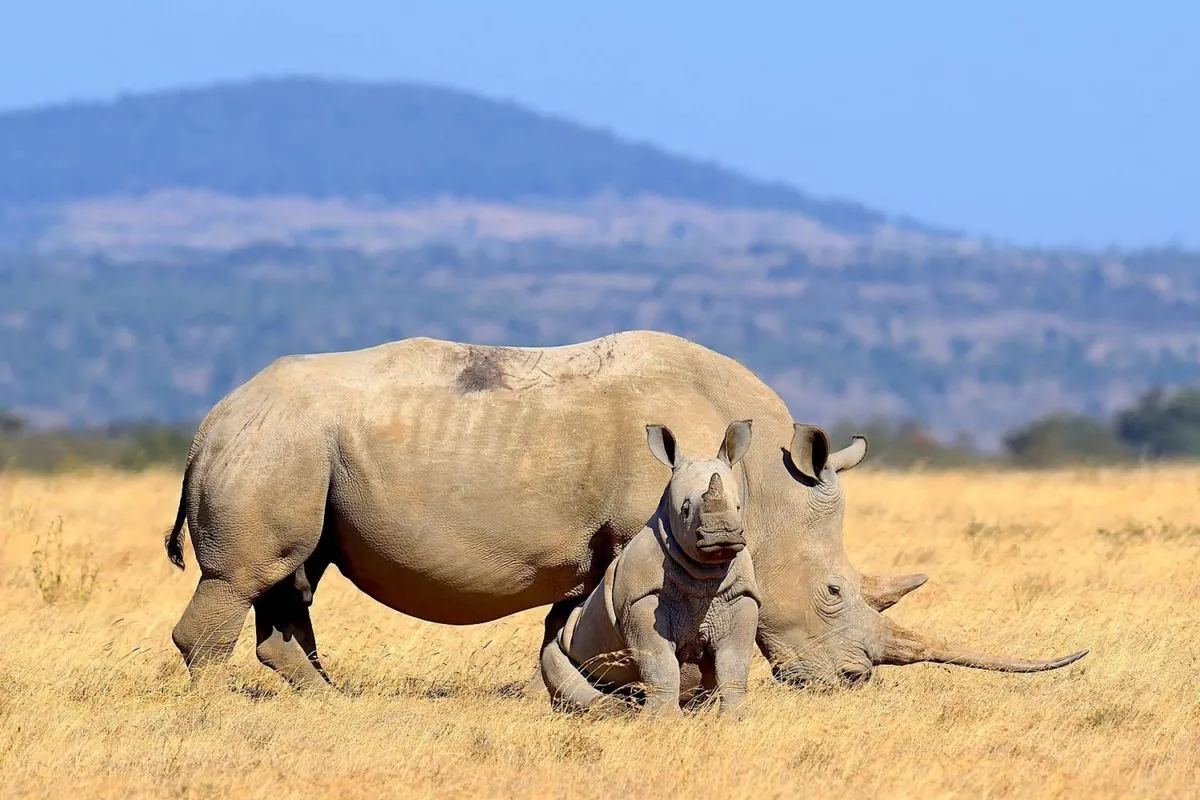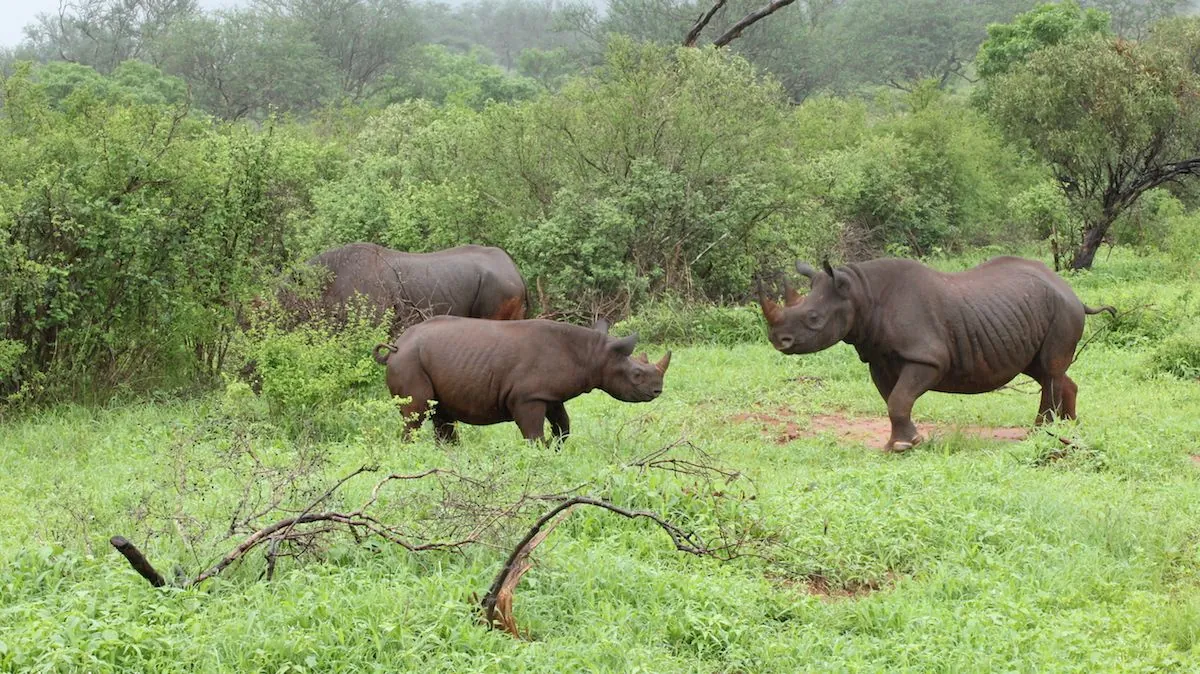Global Rhino Population Rises Slightly, But Poaching Threat Persists
Recent report shows a minor increase in worldwide rhino numbers, with white rhino population growing. However, poaching remains a significant threat, particularly in South Africa, where most killings occur.

A recent report by the International Rhino Foundation reveals a slight uptick in the global rhino population, despite ongoing poaching threats. The white rhino population saw an increase from 15,942 in 2022 to 17,464 in 2023, while black and greater one-horned rhino numbers remained stable.
Philip Muruthi, vice president for species conservation at the Africa Wildlife Foundation, highlighted the success of conservation efforts in Kenya, where rhino numbers rose from 380 in 1986 to 1,000 in 2023. He emphasized the importance of sanctuaries and protection measures in this achievement.

Despite these positive trends, poaching remains a significant concern. In 2023, 586 rhinos were killed in Africa, up from 551 in 2022, with South Africa experiencing the highest number of incidents. The country is home to an estimated 16,056 rhinos, the largest population globally.
Rhinos face various environmental challenges, including habitat loss due to development and climate change. However, poaching, driven by the belief in the medicinal properties of rhino horns, continues to be the primary threat. Currently, there are just under 28,000 rhinos left worldwide, a stark contrast to the 500,000 that existed at the beginning of the 20th century.
Conservation efforts are crucial for rhino survival. Muruthi advocates for campaigns to end the demand for rhino horns, adoption of new tracking and monitoring technologies, and educating communities about the benefits of rhinos to ecosystems and economies.
Rhinos play vital roles in their habitats. As mega-herbivores, they help maintain grasslands and create pathways for other herbivores. They also contribute to forest establishment by ingesting and dispersing seeds through their dung. Interestingly, rhinos can run at speeds of up to 55 km/h (34 mph) and communicate through various vocalizations, including grunts, snorts, and even squeaks.
The northern white rhino subspecies faces a particularly dire situation, with only two females remaining in a secure private conservancy in Kenya. Efforts are underway to develop embryos in labs using collected eggs and sperm, with plans to transfer them to surrogate black rhino females.
To preserve the legacy of this critically endangered subspecies, the body of Sudan, the last male northern white rhino who died in 2024, has been preserved and is on display at the Museums of Kenya in Nairobi. Bernard Agwanda, a research scientist and curator of mammals at the museum, stated that preserving Sudan will help tell the story of how the species lived among humans and emphasize the importance of conservation for generations to come.
As conservation efforts continue, it's worth noting that rhinos have a rich history on Earth, having existed for over 50 million years. The oldest recorded rhino lived to be 49 years old, showcasing the resilience of these remarkable creatures when given proper protection and care.
"Don't get the numbers to where it's very expensive to recover and we are not even sure that it will happen."
This statement underscores the urgency of conservation efforts and the need to act before species reach critical population levels.


































